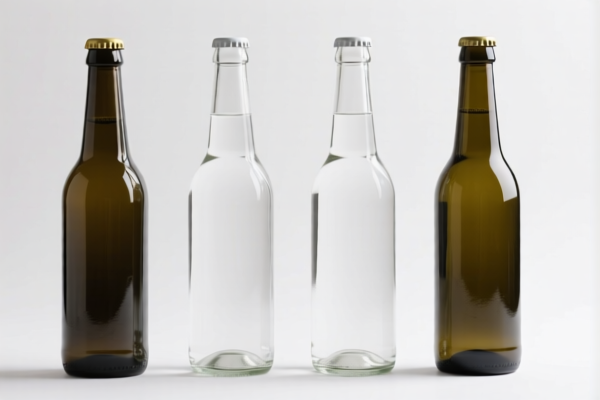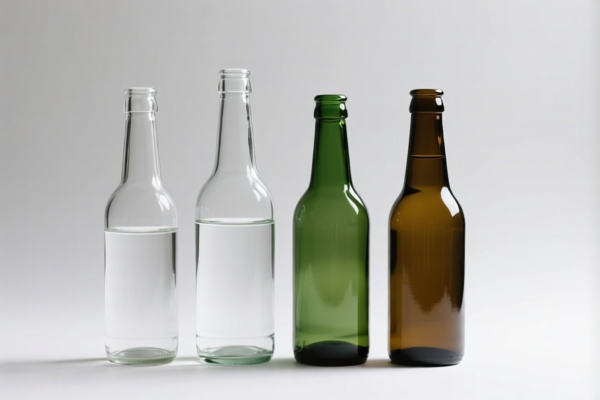| HS Code | Official Doc | Tariff Rate | Origin | Destination | Effective Date |
|---|---|---|---|---|---|
| 8205513030 | Doc | 58.7% | CN | US | 2025-05-12 |
| 8205593080 | Doc | 55.0% | CN | US | 2025-05-12 |
| 8204110060 | Doc | 64.0% | CN | US | 2025-05-12 |
| 8204110030 | Doc | 64.0% | CN | US | 2025-05-12 |
| 7326908688 | Doc | 82.9% | CN | US | 2025-05-12 |
| 7326908688 | Doc | 82.9% | CN | US | 2025-05-12 |
| 7323997000 | Doc | 60.3% | CN | US | 2025-05-12 |
| 7323999080 | Doc | 83.4% | CN | US | 2025-05-12 |




Bottle Openers
A bottle opener is a tool used to remove metal bottle caps from glass bottles. While seemingly simple, bottle openers exhibit a diverse range of designs and mechanisms.
History
The modern bottle opener emerged in the late 19th century with the widespread adoption of crown caps for carbonated beverages. Prior to this, various methods, often involving knives or other tools, were used to access bottled contents. The first patent for a bottle opener resembling modern designs was issued in 1891 to Charles de Koven.
Materials
Bottle openers are constructed from a variety of materials, each offering different properties:
- Steel: The most common material due to its strength and durability. Stainless steel is favored for its corrosion resistance.
- Iron: Less expensive than steel, but prone to rust if not properly coated.
- Aluminum: Lightweight and corrosion-resistant, often used for novelty openers.
- Plastic: Primarily used for inexpensive or novelty openers, often combined with a metal opening lever.
- Wood: Often used for handles, providing a comfortable grip and aesthetic appeal.
- Brass: Used for decorative openers, offering a classic look.
Purpose and Function
The primary purpose of a bottle opener is to safely and efficiently remove crown caps from bottles without breaking the glass. The function relies on leveraging mechanical advantage to pry the cap off. The opener's jaws grip the edge of the cap, and a fulcrum point allows the user to apply force, bending the cap until it detaches.
Types
Bottle openers are categorized by their design and mechanism:
- Standard/Lever Opener: The most common type, featuring two prongs that grip the cap's edge and a lever to pry it off.
- Churchkey: A type of lever opener with a distinct pointed end sometimes used to puncture holes in cans. Historically used for opening both bottles and cans.
- Speed Opener: Designed for rapid opening of multiple bottles, often used in bars and restaurants. Features a hinged mechanism that quickly grips and removes caps.
- Winged/Butterfly Opener: Features two "wings" that grip the cap. Requires a rocking motion to remove the cap.
- Twist Opener: Utilizes a twisting motion to grip and lift the cap.
- Automatic/Self-Opening Opener: Mechanically removes the cap with minimal user effort, often spring-loaded.
- Wall-Mounted Opener: Permanently affixed to a wall, providing a convenient opening solution.
- Bottle Cap Keychains: Small, portable openers attached to keychains.
- Multi-Tool Openers: Incorporate bottle opening functionality into a larger tool with other features like screwdrivers or knives.
Usage Scenarios
Bottle openers are utilized in a wide range of settings:
- Home Use: For opening beverages at home.
- Bars and Restaurants: Essential tools for serving bottled beverages.
- Events and Parties: For convenient access to bottled drinks.
- Camping and Outdoors: Portable openers for opening beverages while traveling or camping.
- Industrial Applications: Used in bottling plants for quality control and sample extraction.
Based on the material, use, and application scenarios, bottle openers fall under the category of hand tools used for opening bottles, typically made of iron or steel.
The following HS codes are relevant:
-
8205513030: This code covers hand tools (including glass cutters) and parts thereof, specifically other handtools and parts thereof made of iron or steel, categorized as household tools, and parts thereof, kitchen and table implements. This is applicable if the bottle opener is designed for kitchen or household use.
- 82: Chapter 82 – Articles of iron or steel.
- 05: Heading 05 – Hand tools (including glass cutters) and parts thereof.
- 51: Subheading 51 – Other handtools and parts thereof.
- 30: Further specification – Household tools, and parts thereof, kitchen and table implements.
-
8205593080: This code covers handtools (not elsewhere specified or included), blow torches, vises, clamps, anvils, portable forges, hand- or pedal-operated grinding wheels, and base metal parts thereof. Specifically, it includes other handtools and parts thereof categorized as crowbars, track tools, and wedges. This is applicable if the bottle opener is a more specialized or industrial type.
- 82: Chapter 82 – Articles of iron or steel.
- 05: Heading 05 – Hand tools (including glass cutters) and parts thereof.
- 59: Subheading 59 – Other handtools (not elsewhere specified or included).
- 30: Further specification – Other handtools and parts thereof.
- 80: Further specification – Crowbars, track tools and wedges, and parts thereof.
-
7326908688: This code covers other articles of iron or steel, specifically other articles categorized as other, other, other. This is applicable if the bottle opener is considered a general iron or steel article without a specific tool classification.
- 73: Chapter 73 – Articles of iron or steel.
- 26: Heading 26 – Other articles of iron or steel.
- 90: Subheading 90 – Other.
- 86: Further specification – Other.
- 88: Further specification – Other.
Regarding HS code 7326908688, please note the addtional 25%加征关税 on steel and aluminum products.
Customer Reviews
No reviews yet.